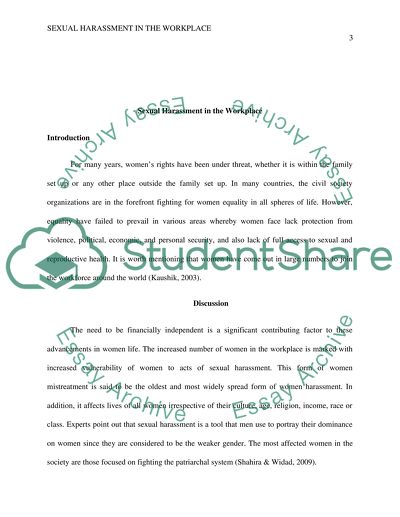Cite this document
(“Sexual harassment in the workplace Research Paper”, n.d.)
Sexual harassment in the workplace Research Paper. Retrieved from https://studentshare.org/gender-sexual-studies/1402124-sexual-harassment-in-the-workplace
Sexual harassment in the workplace Research Paper. Retrieved from https://studentshare.org/gender-sexual-studies/1402124-sexual-harassment-in-the-workplace
(Sexual Harassment in the Workplace Research Paper)
Sexual Harassment in the Workplace Research Paper. https://studentshare.org/gender-sexual-studies/1402124-sexual-harassment-in-the-workplace.
Sexual Harassment in the Workplace Research Paper. https://studentshare.org/gender-sexual-studies/1402124-sexual-harassment-in-the-workplace.
“Sexual Harassment in the Workplace Research Paper”, n.d. https://studentshare.org/gender-sexual-studies/1402124-sexual-harassment-in-the-workplace.


